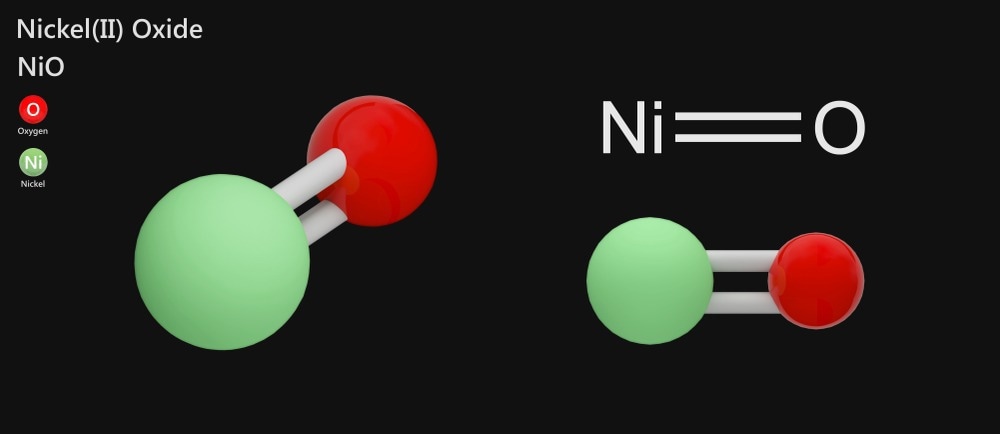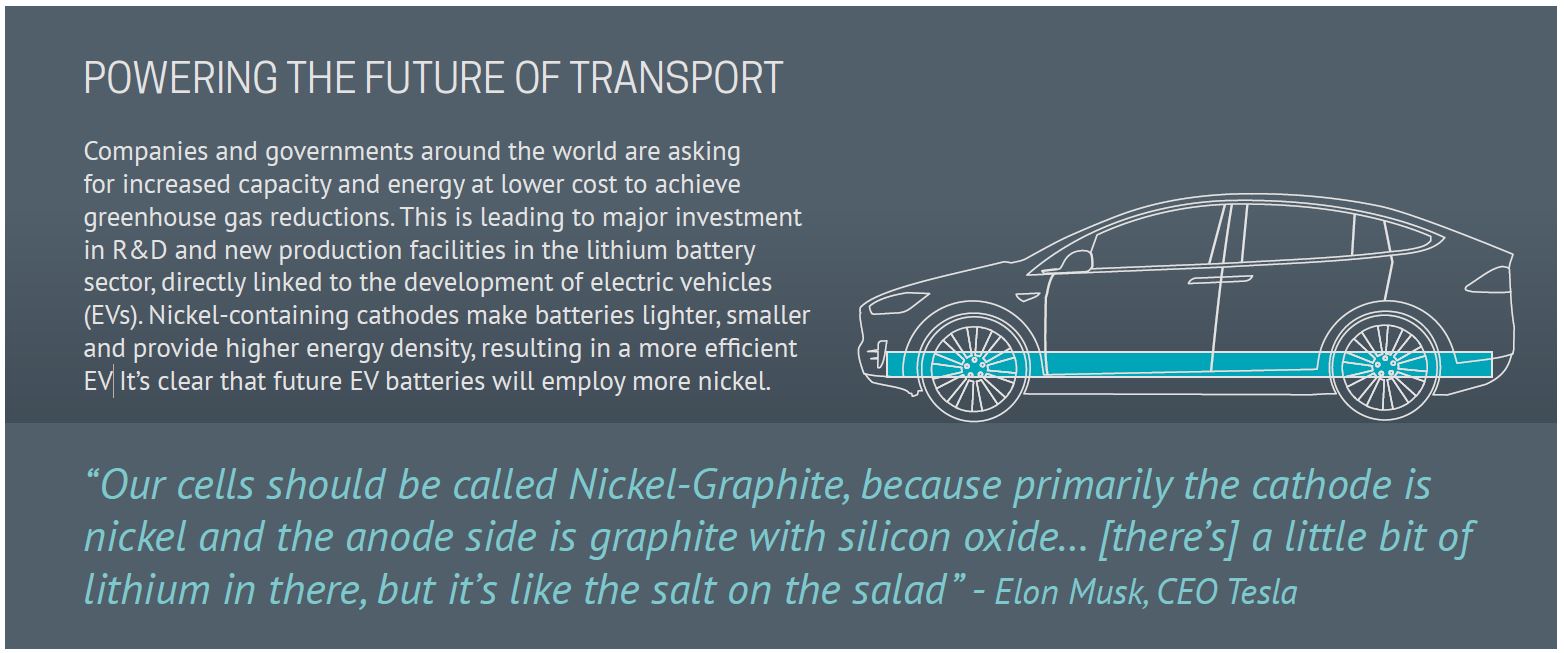- Nickel oxide may sound like a common compound, but its power and versatility exceed expectations. From its chemical formula to its wide range of uses, this article will unlock the potential of nickel oxide and reveal how it can benefit various industries. Nickel oxide, with the chemical formula NiO, is vital in many applications, from electronics to ceramics. Its unique properties make it a sought-after material for catalysts, batteries, gas sensors, and more. Its ability to conduct electricity and withstand high temperatures makes it particularly valuable in electronics. In this comprehensive guide, we will explore the various uses of nickel oxide and delve into its environmental impact, production methods, and pricing trends. Whether you’re a researcher, manufacturer, or simply curious about the power of chemistry, this article will provide valuable insights into the world of nickel oxide. Unlock the potential of nickel oxide and discover how this versatile compound is shaping the future of multiple industries. Join us as we explore its formula, uses, pricing, and more.
Table of Contents

Chemical formula and properties of nickel oxide
Nickel oxide (NiO) is a refractory material with a range of unique properties that make it valuable in various applications. Some critical properties of nickel oxide include:
- Chemical formula: NiO
- Appearance: Green crystalline solid
- Melting point: 1,955°C (3,551°F)
- Boiling point: 2,913°C (5,275°F)
- Density: 6.67 g/cm³
- Electrical conductivity: Varies depending on the preparation method and temperature
Nickel oxide is known for its high thermal stability and resistance to corrosion, making it suitable for use in harsh environments.
Industrial and commercial uses of nickel oxide
Due to its unique properties, nickel oxide has a wide range of industrial and commercial applications. Some of the key uses include:
- Catalysts: NiO is used as a catalyst in various chemical reactions
- Ceramics: It is employed in the production of ceramic materials
- Pigments: NiO is used as a green pigment in glass and ceramics
- Gas sensors: It serves as a material for gas sensing applications
- Electrochromic devices: NiO is used in smart windows and displays
The versatility of nickel oxide makes it a valuable material across multiple industries.
Nickel oxide in the electronics industry
Nickel oxide in the automotive industry
Nickel oxide plays a significant role in the automotive industry, particularly as the sector shifts towards more sustainable and advanced technologies. Here’s how nickel oxide is being utilized in automotive applications:
Electric Vehicle Batteries
One of the most important uses of nickel oxide in the automotive industry is in the production of batteries for electric vehicles (EVs). Nickel oxide is a key component in lithium-ion batteries, which are widely used in EVs due to their high energy density and long lifespan. The use of nickel oxide in these batteries helps to improve their performance and range, making electric vehicles more practical for everyday use.
Fuel Cells
Nickel oxide is also used in the development of fuel cell technology for vehicles. Fuel cells are seen as a promising alternative to traditional combustion engines, offering zero-emission transportation. Nickel oxide serves as a catalyst in certain types of fuel cells, helping to facilitate the chemical reactions that generate electricity.
Catalytic Converters
In traditional combustion engine vehicles, nickel oxide can be found in catalytic converters. These devices help to reduce harmful emissions by converting toxic gases into less harmful substances before they are released into the atmosphere.
Advanced Materials
The automotive industry is constantly seeking ways to improve vehicle performance and efficiency. Nickel oxide is being explored for use in advanced materials that could make vehicles lighter, stronger, or more resistant to corrosion.
Sensors and Electronics
As vehicles become more technologically advanced, the demand for sophisticated sensors and electronic components increases. Nickel oxide is used in various electronic applications, including gas sensors, which can be crucial for monitoring emissions and ensuring vehicle safety.
The growing importance of nickel oxide in the automotive sector is driven by several factors:
- The rapid growth of the electric vehicle market
- Increasing focus on reducing vehicle emissions
- Advancements in battery and fuel cell technologies
- The push for more efficient and durable automotive components
As the automotive industry continues to evolve towards more sustainable and technologically advanced vehicles, the demand for nickel oxide is likely to increase. This trend underscores the importance of ongoing research and development in nickel oxide applications for the automotive sector.
Nickel oxide in the energy sector
Nickel oxide has shown promise in the energy sector, particularly in the field of superconductivity. Researchers at Argonne National Laboratory have identified a nickel oxide compound that shows potential for high-temperature superconductivity. This discovery could lead to significant advancements in energy transmission and storage technologies.
Energy Storage Devices
Nickel oxide is widely used in various energy storage applications:
- Supercapacitors: NiO-based nanostructures are being developed for high-performance supercapacitors. These devices are used in electric vehicles, smart grids, and energy harvesting systems.
- Lithium-ion Batteries: Nickel oxide is a key component in lithium-ion battery cathodes, particularly in the form of lithium nickel oxide. These batteries are crucial for electric vehicles and grid energy storage.
- Nickel-Cadmium Batteries: Although less common now due to environmental concerns, NiO was previously used in NiCd rechargeable batteries.
Solar Energy
In the solar energy sector, nickel oxide finds applications in:
- Thin Film Solar Cells: NiO is used as a hole transport material in certain types of solar cells, helping to improve their efficiency and performance.
Electrochromic Devices
Nickel oxide is an anodic electrochromic material used in:
- Smart Windows: These energy-efficient windows can change their opacity to regulate heat and light transmission, potentially reducing building energy consumption.
Emerging Technologies
Research is ongoing into new applications of nickel oxide in the energy sector:
- High-Temperature Superconductivity: Researchers at Argonne National Laboratory have identified a nickel oxide compound with potential for high-temperature superconductivity, which could revolutionize energy transmission and storage.
Price and availability of nickel oxide
The high purity nickel oxide market is competitive, with several key players driving market growth. Factors influencing the price and availability of nickel oxide include:
- Global demand for nickel-based products
- Production costs and methods
- Geopolitical factors affecting nickel mining and processing
- Technological advancements in nickel oxide synthesis
As the demand for nickel oxide continues to grow across various industries, market dynamics are likely to evolve.
Safety considerations when working with nickel oxide
When working with nickel oxide, it is essential to follow proper safety protocols. Some key considerations include:
- Wear appropriate personal protective equipment (PPE)
- Handle the material in well-ventilated areas
- Avoid inhalation of nickel oxide dust or fumes
- Follow proper disposal procedures for nickel oxide waste
Always consult the material safety data sheet (MSDS) for detailed safety information when handling nickel oxide.
Alternatives to nickel oxide
While nickel oxide is a versatile and valuable material, there are alternatives available for certain applications. These may include:
- Other metal oxides with similar properties
- Composite materials designed to mimic nickel oxide’s characteristics
- Emerging nanomaterials with enhanced performance in specific applications
The choice of alternative materials depends on the specific requirements of each application.
Conclusion: Harnessing the potential of nickel oxide for future applications
Nickel oxide continues to play a crucial role in various industries, from electronics to energy storage. Its unique properties and versatility make it a valuable material for researchers and manufacturers alike. As technology advances, we can expect to see new and innovative applications for nickel oxide, particularly in the fields of superconductivity and energy storage.The ongoing research into improving the optoelectrical properties of nickel oxide hole transport layers and the development of novel nickel oxide compounds for high-temperature superconductivity demonstrate the compound’s potential for future breakthroughs. By harnessing the power of nickel oxide, we can unlock new possibilities in electronics, energy storage, and other critical industries, paving the way for a more efficient and sustainable future.

